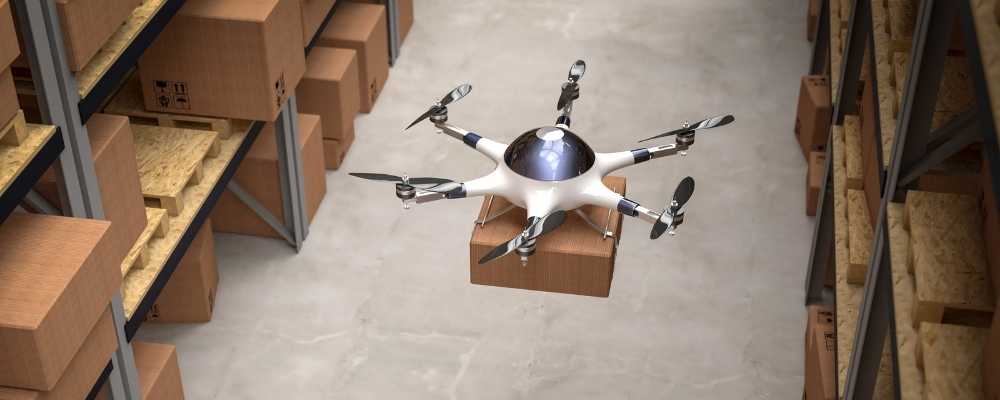Drone technology has had a significant impact on the logistics industry, revolutionizing the way goods are transported and delivered. Drones offer several advantages, such as increased efficiency, reduced costs, and improved delivery times. Here are some key aspects of drone technology in logistics:
1. Last-Mile Delivery: Drones are particularly effective in addressing the last-mile delivery challenge, which involves the transportation of goods from distribution centers to the final destination. Drones can navigate through congested urban areas and reach remote or hard-to-access locations quickly, bypassing traffic and other obstacles.
2. Rapid Delivery: Drones enable faster delivery times compared to traditional methods. They can fly at high speeds, avoiding traffic congestion on roads and reducing transit times. This speed is especially beneficial for time-sensitive deliveries, such as medical supplies, emergency response, or perishable goods.
3. Cost Reduction: Drones have the potential to lower logistics costs. They require less infrastructure, fuel, and maintenance compared to traditional delivery vehicles. Drones are also autonomous and can operate without human intervention, reducing labor costs.
4. Improved Efficiency: Drones streamline the logistics process by automating certain tasks. They can be integrated with inventory management systems, enabling real-time tracking and monitoring of goods. This helps optimize supply chain operations and improve overall efficiency.
5. Environmental Sustainability: Drones offer environmental benefits by reducing carbon emissions associated with transportation. With electric-powered drones becoming more common, logistics companies can reduce their carbon footprint and contribute to sustainability goals.
6. Warehousing and Inventory Management: Drones can be used within warehouses to assist with inventory management. They can quickly scan and locate products, improving inventory accuracy and reducing the time spent on manual inventory checks.
7. Inspection and Surveillance: Drones equipped with cameras and sensors can be used for monitoring and inspecting inventory, facilities, and infrastructure. They can quickly identify issues or anomalies, allowing for prompt action and reducing downtime.
However, there are still some challenges that need to be addressed for widespread adoption of drone technology in logistics. These include regulatory restrictions, safety concerns, limited payload capacity, and operational limitations in adverse weather conditions. Ongoing advancements in drone technology, along with regulatory frameworks, will play a crucial role in overcoming these challenges and unlocking the full potential of drones in logistics.










